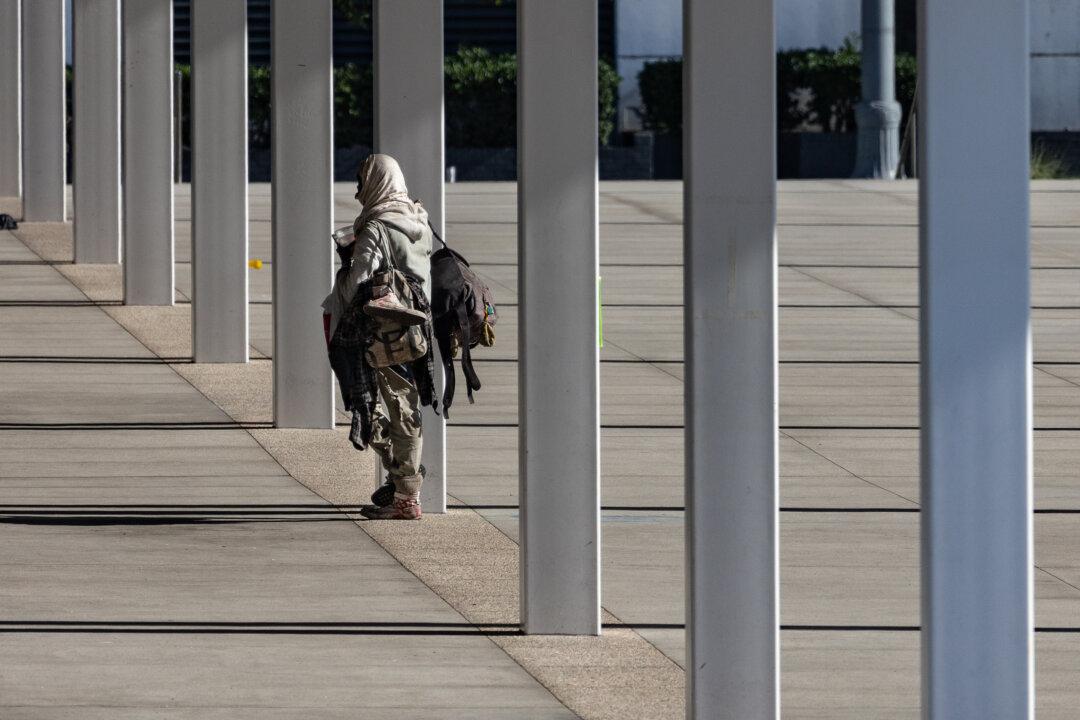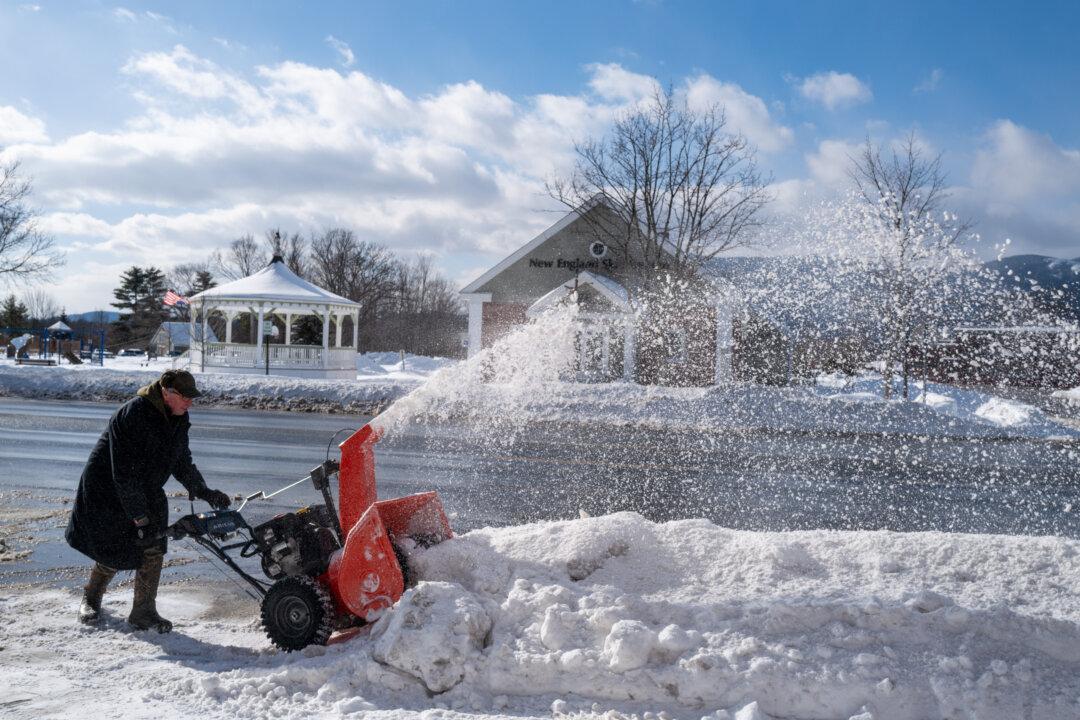Commentary
It’s strange how bad news on the state of the nation feels these days. It could be terrible educational data, income trends, crime statistics, excess deaths, substance abuse, mental illness, or any other category. All are dreadful. When the news hits our feed, our first thought is alarm but our second is: of course; this is entirely to be expected.





